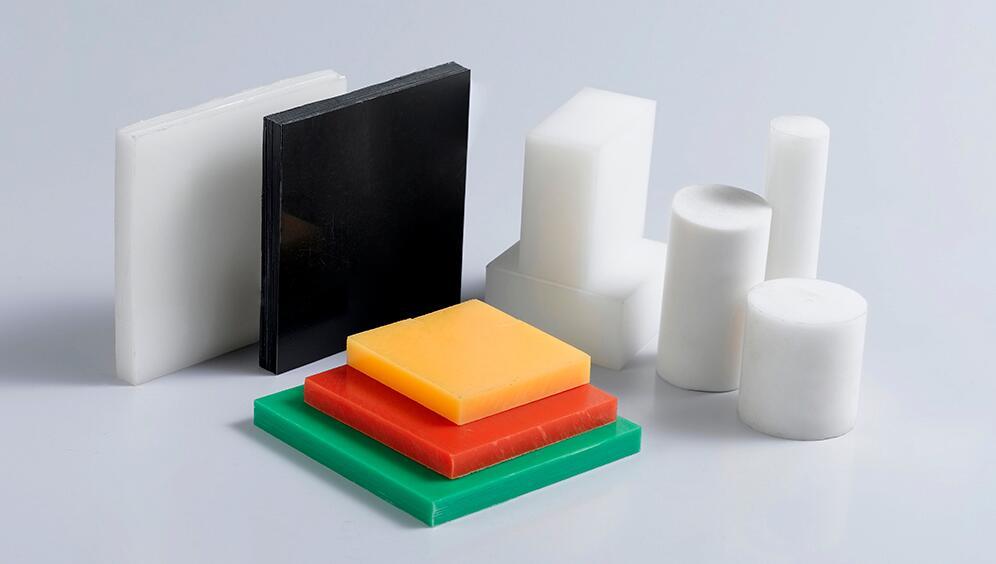Materials Science Innovations Reshaping Metalworking Techniques+ View more
Materials Science Innovations Reshaping Metalworking Techniques
+ View more
Date:2023-12-23 11:34
The field of metalworking is undergoing a transformative revolution fueled by advancements in materials science. This article navigates through the pivotal role and the emerging trends of materials science innovations, elucidating their transformative influence on metalworking techniques, applications, and the future trajectory of the industry.
Evolution of Materials in Metalworking
Materials have been the cornerstone of metalworking throughout history. From traditional steel alloys to the advent of high-strength composites, advanced polymers, and nanomaterials, the evolution has redefined the possibilities within the industry. Today, cutting-edge materials offer unparalleled characteristics, reshaping the essence of metalworking.
High-Performance Alloys and Their Applications
High-performance alloys are revolutionizing metalworking. These alloys exhibit exceptional mechanical properties, corrosion resistance, and thermal stability. Their applications span diverse sectors, from aerospace and automotive to medical and consumer electronics, setting new benchmarks for reliability and performance.
Lightweight Materials Transforming Manufacturing
The demand for lightweight materials is reshaping metalworking practices. Aluminium alloys, titanium composites, and carbon fibre-reinforced polymers (CFRPs) are revolutionizing industries like automotive and aerospace. These materials not only reduce weight but also enhance fuel efficiency, structural integrity, and overall performance in end products.
Nanomaterials' Impact on Metalworking
The emergence of nanotechnology has unlocked unprecedented possibilities in metalworking. Nanomaterials, engineered at the molecular level, exhibit extraordinary properties. Enhanced strength, improved conductivity, and superior thermal characteristics redefine manufacturing boundaries, enabling smaller, lighter, and more efficient components.
Additive Manufacturing's Fusion with Advanced Materials
Additive manufacturing techniques are converging with innovative materials, expanding design possibilities. 3D printing with advanced metals, ceramics, and polymers enables the creation of complex geometries and customized components previously unattainable through traditional methods. This fusion revolutionizes prototyping and production in metalworking.
Sustainable Materials and Eco-Friendly Practices
Sustainability drives the development of eco-friendly materials in metalworking. Recycled metals, bio-based polymers, and environmentally conscious coatings reduce the industry's environmental footprint. These materials align with global sustainability goals without compromising performance, setting new benchmarks for responsible manufacturing.
Future Trajectory and Industry Implications
Looking ahead, materials science innovations in metalworking promise continued evolution. Advancements in material science, the integration of smart materials with IoT, and bio-inspired materials foreshadow a future where efficiency, sustainability, and performance converge to redefine metalworking practices.
Conclusion
In conclusion, materials science innovations stand as a catalyst in the evolution of metalworking. Their transformative impact reshapes manufacturing practices, enhancing performance, reducing weight, and fostering sustainability. The future isn't just about materials; it's about harnessing their capabilities to craft a metalworking landscape defined by innovation, efficiency, and responsibility.
Materials science innovations aren't merely components; they're enablers of progress, propelling the metalworking industry towards a future where possibilities are redefined through innovation and advanced materials.
Share to:
Recommend wonderful blog posts

